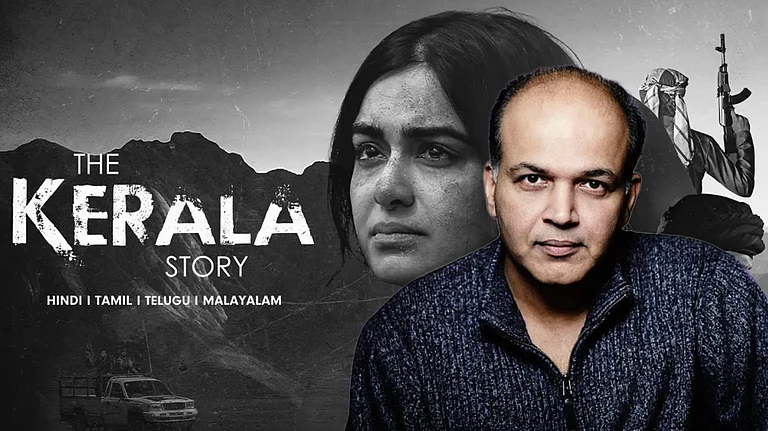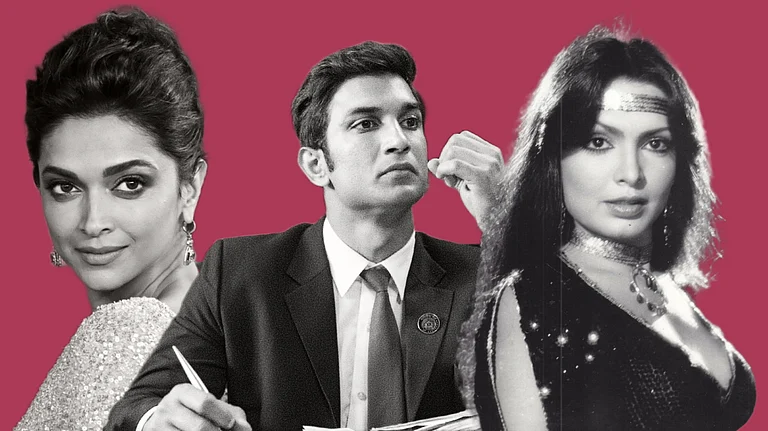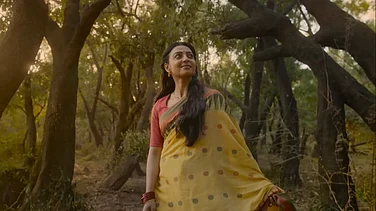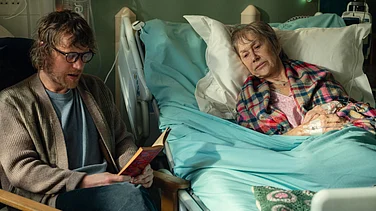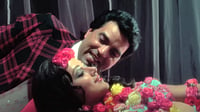
Bollywood’s treatment of South Indians has always relied on caricature.
The stereotype is mined for slapstick laughs and reductive humour.
The backlash against Param Sundari's trailer indicates a growing refusal to let Bollywood get away with its insensitivity.
Janhvi Kapoor's final rant in the trailer of her upcoming romance comedy, Param Sundari, has made more people roll their eyes than cheer with approval. She goes off, “North Indians! Ignorant, illiterate, arrogant, entitled…you bloody tenga (coconut)!” This—along with the line that allocates Mohanlal to Kerala, Rajinikanth to Tamil Nadu, Allu Arjun to Andhra and Yash to Karnataka—was an obvious attempt to be meta and address the criticisms they knew would be levied against them the moment the trailer drops.
But the playful jab at North Indian arrogance and attempt at any self-awareness crumbles under the weight of poor pronunciation, incessant stereotypes scattered through the trailer, and a genuine lack of chemistry between the leads, who are giving off more sibling energy than young love vibes.
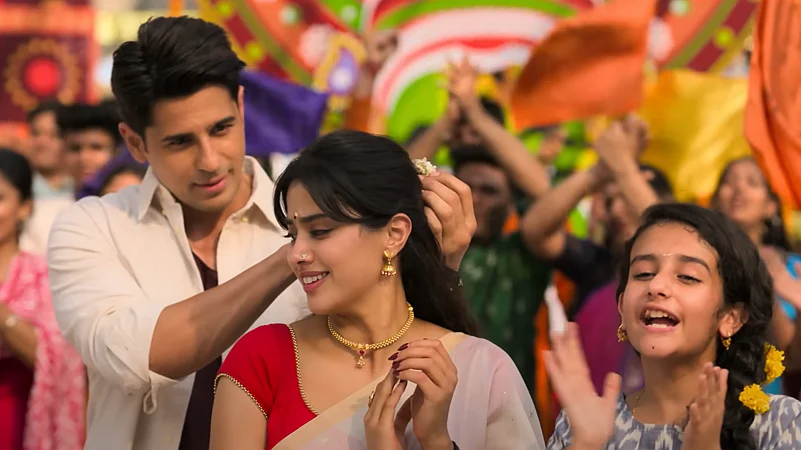
This wasn’t even the only unintentionally offensive bit in the trailer. Kapoor introduces herself as “Thekapatta Sundari Damodaram Pillai,” which hardly makes sense, since in Malayalam slang, “thekapetta sundari” translates roughly to “betrayed beauty.” The fact that a multimillion-rupee production house couldn’t be bothered to verify what its heroine’s name meant in the language it was supposedly referencing is telling in itself.
But this is hardly the first time Bollywood has been this nonchalantly lazy.
The old 'joke' that Bollywood refuses to let go
Bollywood’s treatment of South Indians has always relied on caricature—from mangled accents, endless coconut jokes, men in veshtis/mundus misidentified as lungis, and women with a mandatory jasmine gajra (garland) pinned in their hair. The portrayal is never specific. Tamil, Telugu, Malayali, Kannada are all collapsed into one generic “Madrasi” identity.

Earlier, films like Padosan (1968), Agneepath (1990), and Khiladi (1992) mined this stereotype for slapstick laughs with characters like Mehmood’s Master Pillai, Mithun Chakraborty’s Krishnan Iyer, MA (pronounced repeatedly as “Yemm-Yay”), and Johnny Lever’s Anna. At the time, audiences laughed along because cultural sensitivity was never part of the discourse. The humour was reductive, but went unexamined. Lever’s “mere chote chote bachche” (my little kids) dialogue is still considered funny, which is perhaps why Bollywood keeps falling back on these same speech patterns and mannerisms to portray a people who have as much diversity and nuance as any other.
Even after decades of criticism, Bollywood still refuses to outgrow this hackneyed formula.
In more recent years, the industry has produced glossy, big-budget reiterations of the same stereotypes. Chennai Express (2013), starring Shah Rukh Khan and Deepika Padukone, wrapped itself in Tamil caricatures so extreme that Tamil audiences openly mocked the film’s “South Indian” world as fantasy.
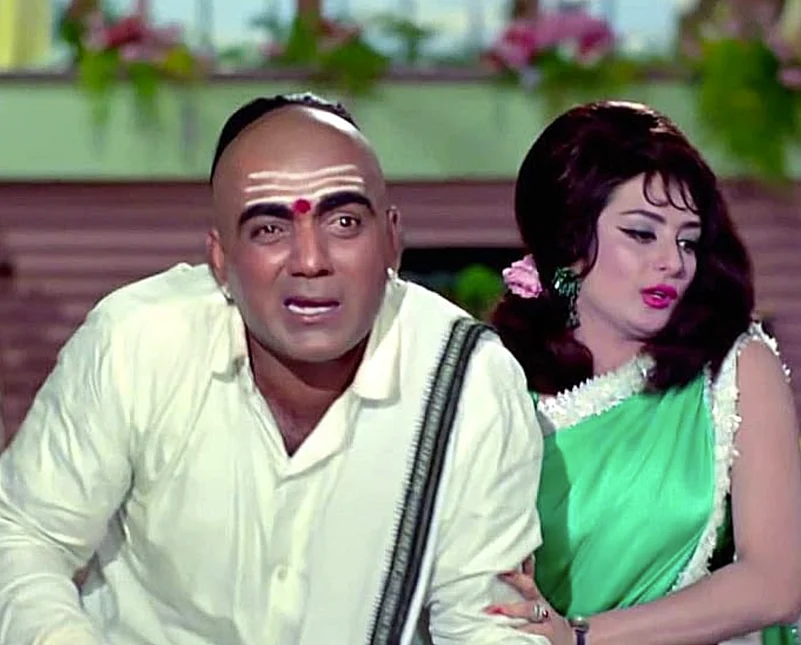
Netflix’s Meenakshi Sundareshwar (2021) was no different. Written by Aarsh Vora—the same writer behind Tushar Jalota’s Param Sundari—it presented a Tamil marriage through cartoonish tropes. Critics and audiences alike panned it for its caricature of Tamil culture. That Vora is repeating himself in Param Sundari suggests more than an oversight. It underlines blatant obstinacy.
Backlash to Param Sundari
The backlash this time has been prompt, especially from Malayali communities. They have been quick to call out Param Sundari for its tone-deaf attempts at humour. The fact that this uproar comes even before the film’s release indicates a growing refusal to let Bollywood get away with its dogged insensitivity.
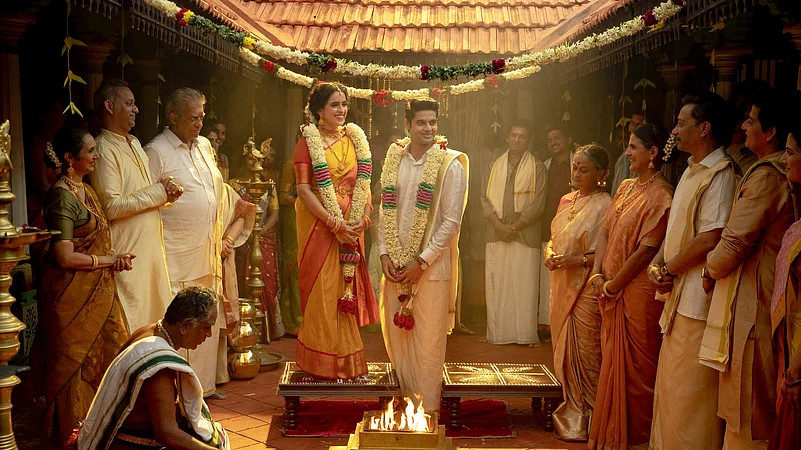
Cultural commentator and content creator Prapti Elizabeth, herself Malayali, argued in her reaction video that Bollywood’s refusal to evolve isn’t accidental—it panders to a North Indian audience that consumes these caricatures with relish. She noted that instead of repeatedly asking why the industry won’t cast Malayali actors in Malayali roles, we should be asking why—with all the resources and budgets at its disposal—it still churns out caricatures as flimsy as Sundari.
The budgets for films like Param Sundari (produced by Maddock Films) run into crores, yet the makers refuse to hire linguists, cast actors from the regions they’re caricaturing, or consult cultural experts. This is not a formidable task—Shyam Benegal did it with films like Mandi (1983) and Junoon (1978). Linguistic authenticity mattered to him enough that he insisted his actors learn and deliver their dialogues in Dakhni (Hyderabadi Urdu) with accuracy. But even in 2025, Bollywood chooses to reproduce the same archetypes that were outdated even half a century ago.
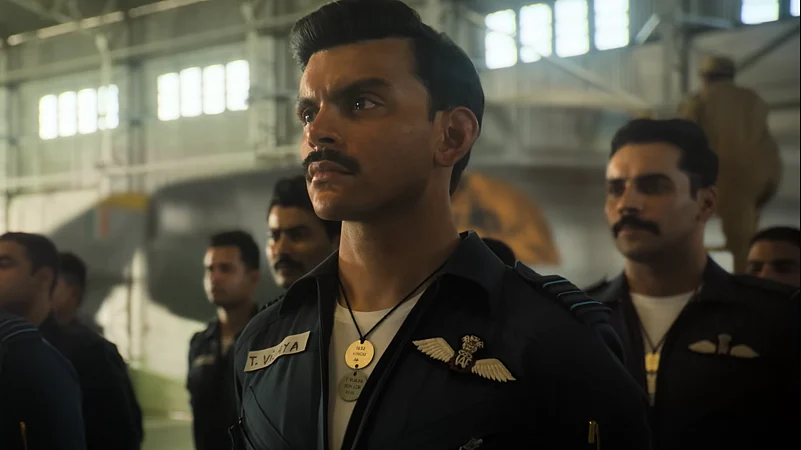
This refusal definitely reflects an ingrained cultural hierarchy—one that assumes Hindi-speaking North India is the normative centre and everything else can be reduced to comic garnish.
The Hindi Imposition Connection
The caricaturing of South Indians in Bollywood does not occur in a vacuum. It is tangled with the ongoing project of Hindi imposition across India. Over the decades, many regional languages have been eroded or outright suppressed. Maithili, once a courtly language, is now spoken by shrinking pockets of people. Bhojpuri, spoken by millions, remains stigmatised and underrepresented.
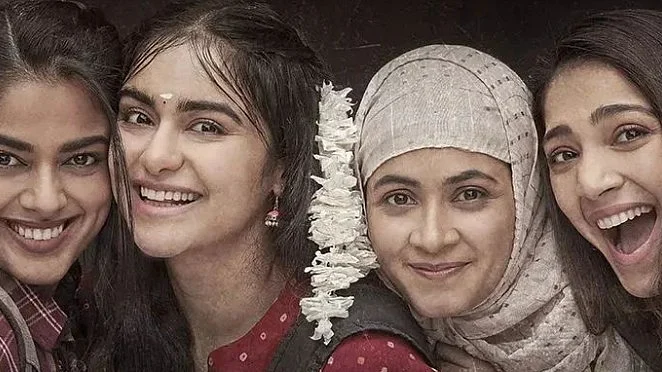
People who speak Bengali—another stereotyped community in mainstream Bollywood—are being told that they must be from Bangladesh. Assamese, Manipuri and other Northeast Indian identities are almost invisible in the mainstream consciousness, while Kodava, Konkani, and Tulu barely register or are erased entirely in Bollywood’s imagination. The recently released Akshay Kumar-starrer Sky Force (2025) sparked controversy for misrepresenting Coorg-born Squadron Leader Ajjamada Bopayya Devayya for being Tamilian, which the Kodava community found insulting, equating it to erasure and homogenising.
Across the country, many regional languages have been lost or sidelined in favour of Hindi, a step often enforced by the state. In this climate, Bollywood—the cultural arm of the Hindi-speaking elite—by portraying South Indians as comic relief, reinforces the idea that they are “outsiders” to the Hindi mainstream. This is part of a broader hegemony that seeks to destroy India’s staggering diversity into a Hindi-speaking monoculture.
It is worth noting that Bollywood does not restrict its caricaturing instincts to South Indians. Bengali identity too has often been reduced to clichés. Goans are often portrayed as Hinglish-speaking (a mix of accented Hindi and English), Christian caricatures with loose morals, their unique Konkani identity lost somewhere in the mix.
At a time when factually inaccurate and divisive films like The Bengal Files (2025) or even The Kerala Story (2023) are legitimised, turning regional identities into grotesque morality plays for a largely North Indian audience is a worrying trend that cannot be overlooked or laughed off.
Some argue that these portrayals are harmless jokes, not to be taken seriously. But representation matters. Bollywood is India’s most powerful cultural export, and its narratives shape how Indians see each other—and how the world sees India.
The timing of Param Sundari makes this especially galling. India today is experiencing unprecedented debates about cultural and linguistic dominance.
Regional cinemas—Marathi, Telugu, Tamil, Malayalam, Kannada—are not just thriving, but producing some of the most internationally acclaimed films of the decade. From Jallikattu (2019) to Kumbalangi Nights (2019), South Indian cinema has proven it doesn’t need Bollywood’s approval to tell powerful, authentic stories. But Bollywood, almost as if threatened by this rise, seems to double down on its old tropes instead of learning from its southern counterparts.
If the trailer is anything to go by, Param Sundari wants to present itself as the “self-aware” cousin of Bollywood’s past stereotypes. But it has revealed how little the industry has evolved. The film’s attempt to wink at the audience with meta awareness does not hold up because it is not rooted in genuine understanding. Param Sundari wants the cool points of cultural critique without the labour of cultural respect.
The justified angry reactions on social media only prove that Bollywood cannot keep claiming cosmopolitanism, while clinging to its arrogant Hindi hegemony. Eventually, something’s gotta give.












